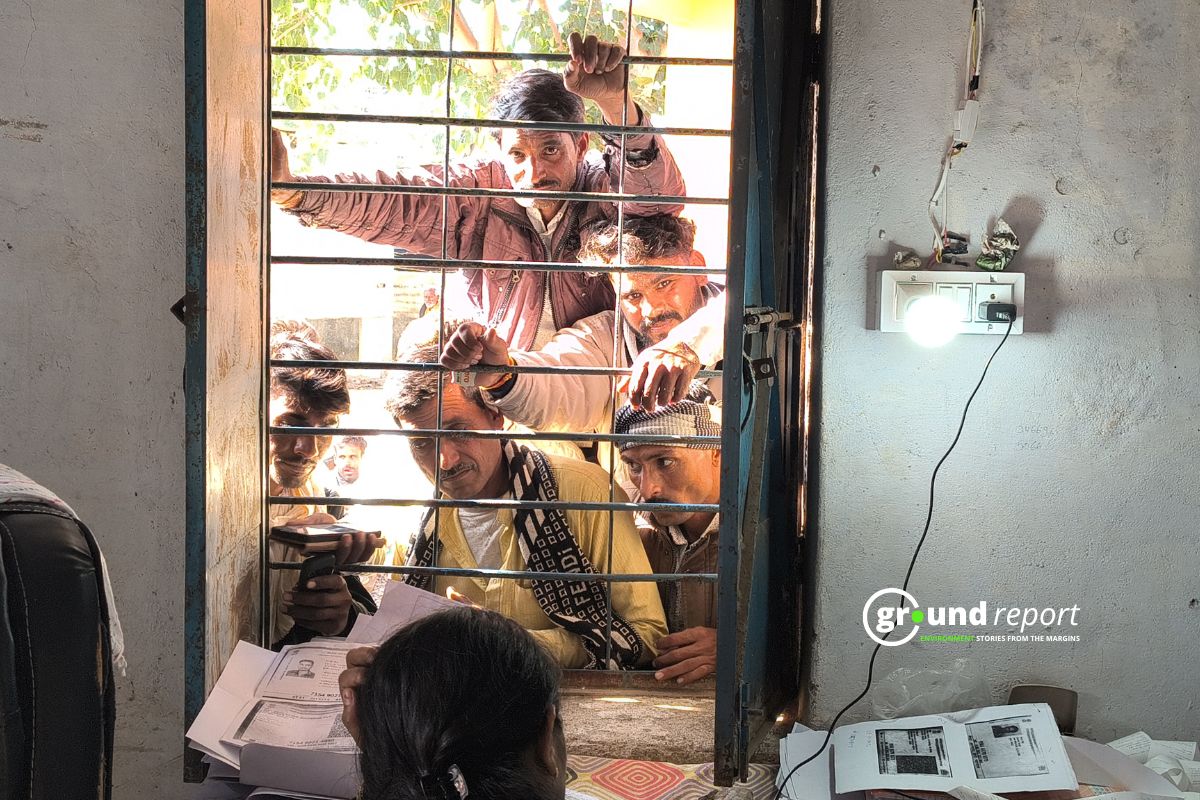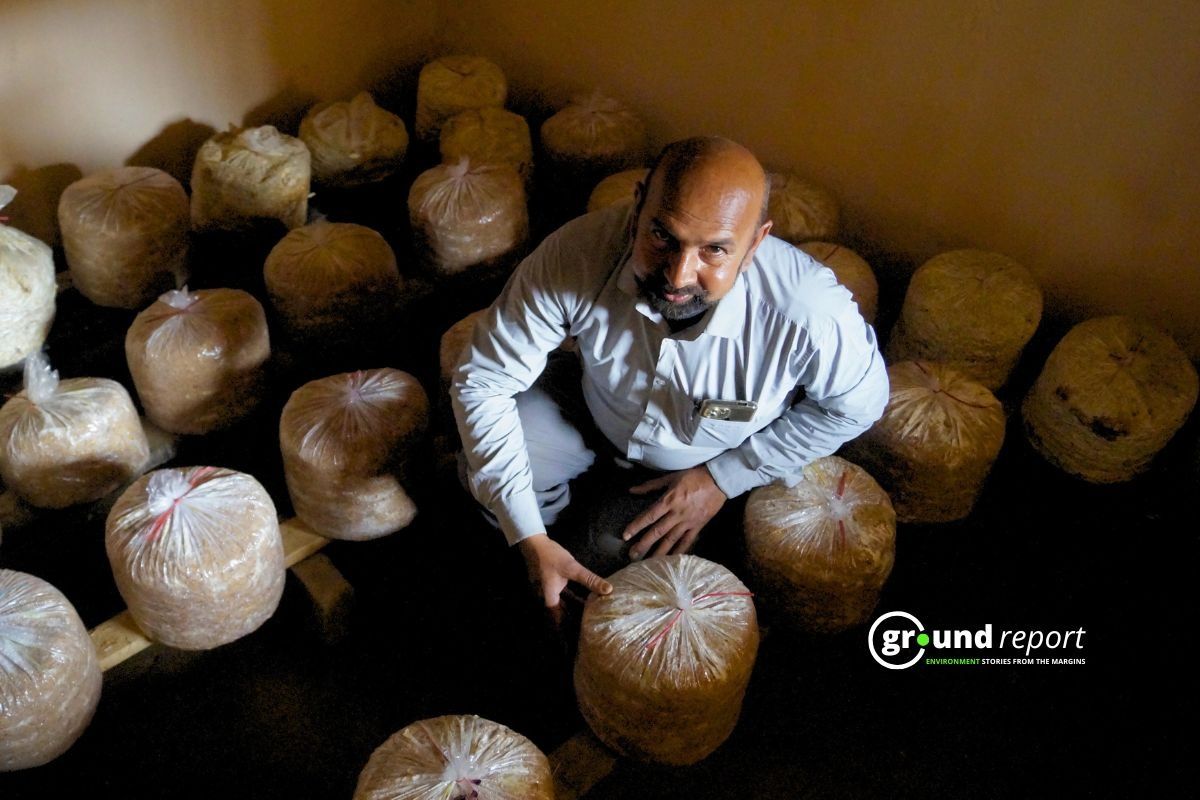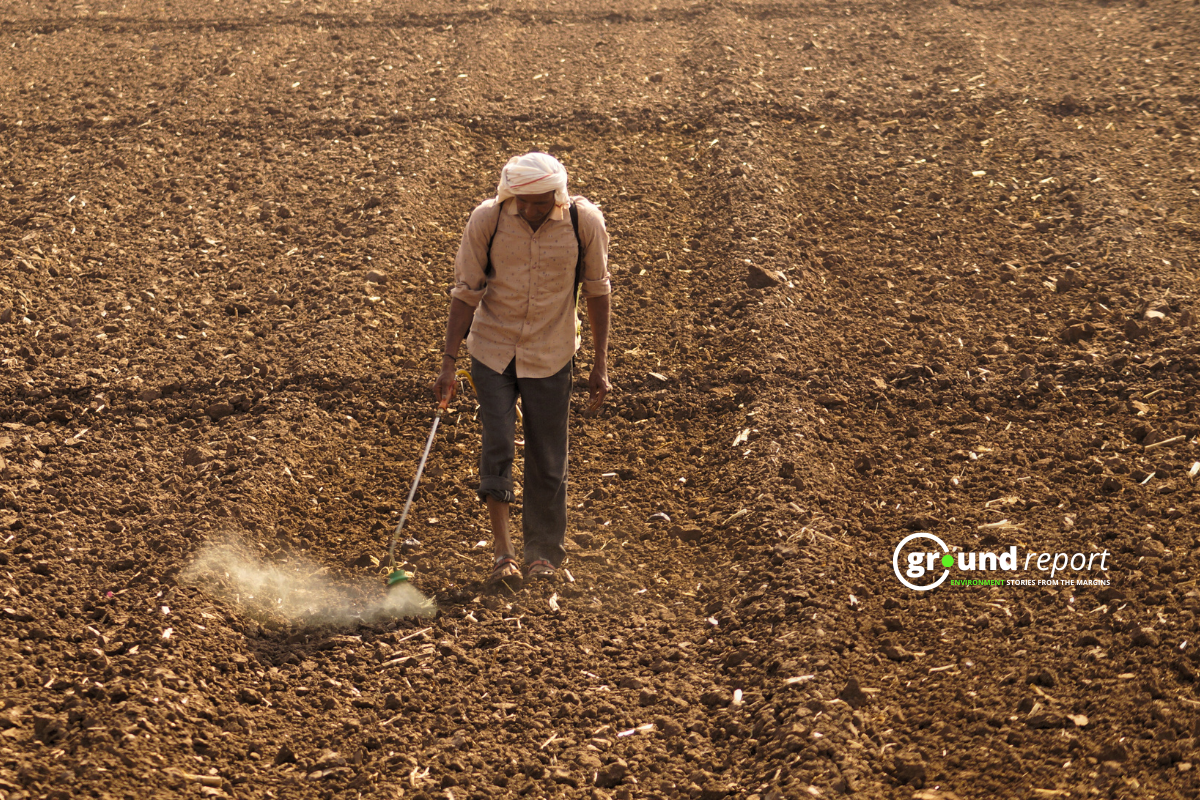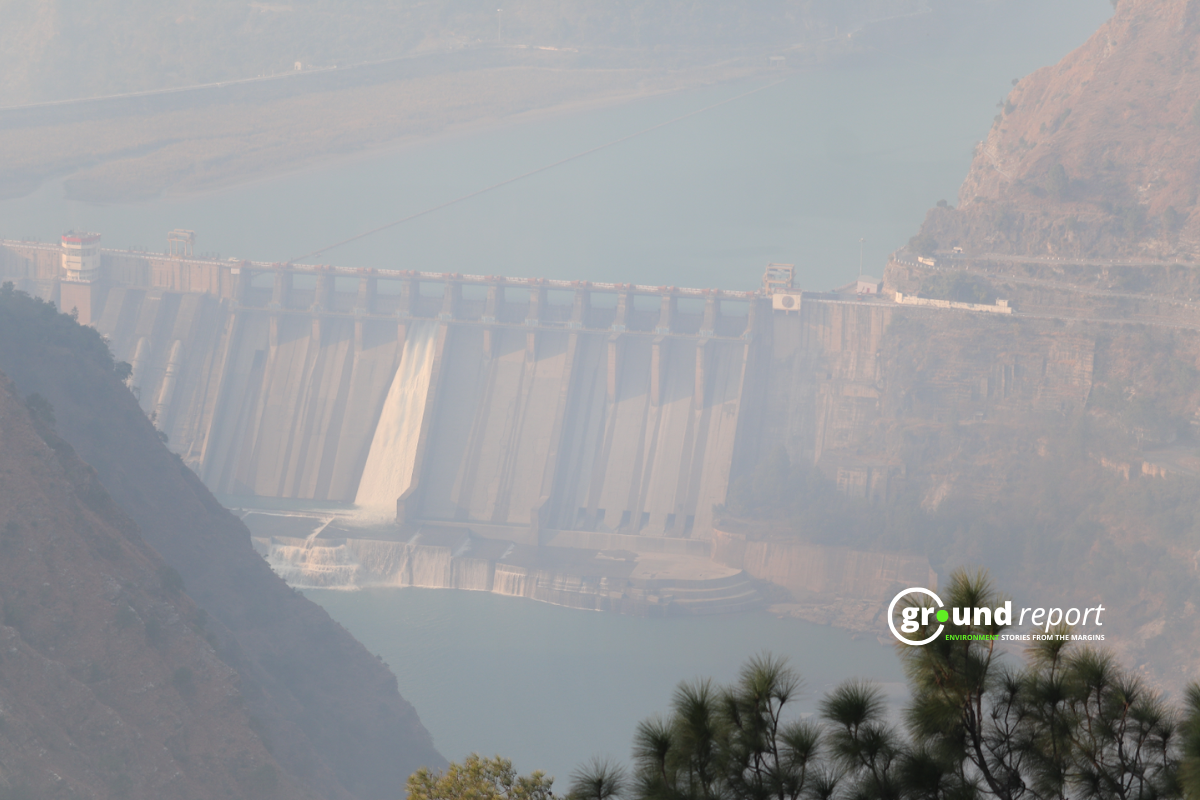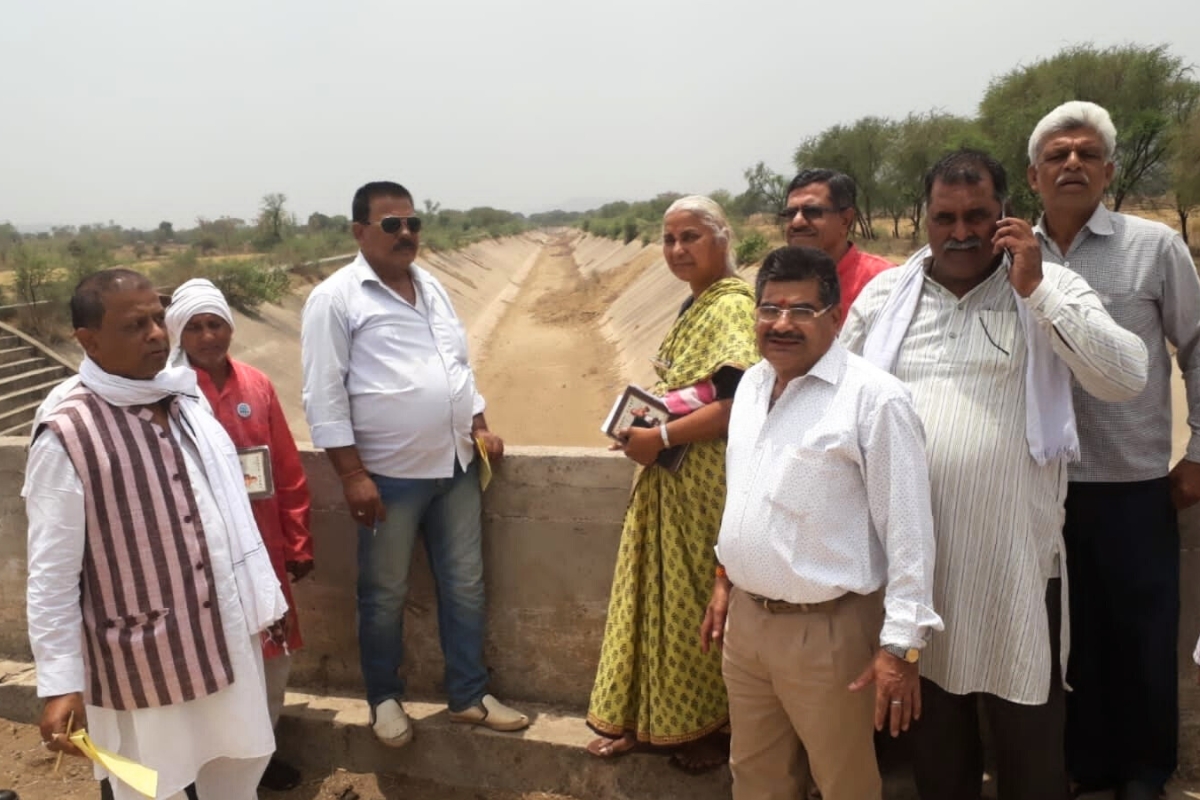A major irrigation project in Madhya Pradesh’s Narmadapuram division has come under scrutiny after the National Tiger Conservation Authority (NTCA) warned it could severely impact critical wildlife corridors and tiger habitats. The Morand-Ganjal project, part of the state’s larger Narmada Valley Development initiative, faces mounting opposition from both environmental agencies and local tribal communities.
The controversy emerged during a Forest Advisory Committee (FAC) meeting on January 27, 2025, where officials discussed the allocation of 2,250.05 hectares of forest land for the project. The NTCA’s assessment, based on the National Tiger Estimation Exercise-2022, indicates that the project could permanently damage the vital tiger corridor connecting the Satpura and Melghat Tiger Reserves.
Environmental impact and wildlife concerns
According to the site inspection report by the Chief Conservator of Forests (CCF), Betul, and Conservator of Forests (CF), Narmadapuram, the project threatens numerous endangered species protected under the Wildlife Protection Amendment Act 2022. The affected wildlife includes tigers, leopards, Indian wolves, wild dogs, striped hyenas, and various deer species.
“The forest area may have a long-term harmful effect on the tiger population and other wildlife,” the NTCA stated in its report. The area also houses diverse wildlife such as bears, pangolins, honey badgers, and civets, making it a crucial biodiversity hotspot.
The environmental cost extends beyond wildlife. The project requires clearing approximately 717,232 trees, with 575,164 already marked for cutting. The forest area, with a vegetation density of 0.4 to 0.7 and an ecological class of 3, represents significant green cover in the region.
Human displacement and local opposition
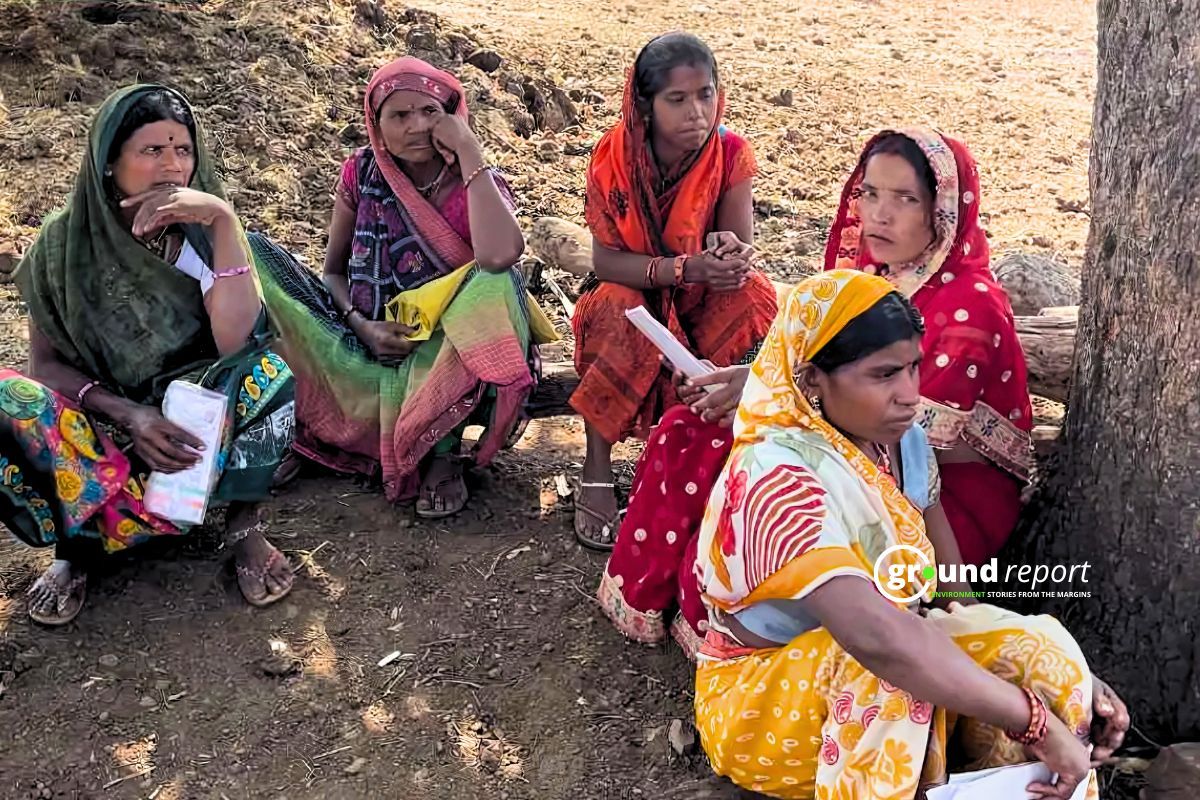
The project, conceived in 1972, faces strong resistance from local communities, particularly the 644 families facing displacement. Of these, 604 belong to Scheduled Tribes, highlighting the significant impact on indigenous communities.
The Ground Report team reached Bothi village, one of the areas affected by this project, in 2023. The residents have been opposing this project for a long time under the banner of Narmada Bachao Andolan. The villagers assert that they will sacrifice their lives to protect their water, forest, and land. Due to their strong opposition, this project has remained stalled for years.
Sardar Singh Devda, a resident of Bothi village in Harda district’s Timarni tehsil, which faces submergence, expressed frustration over years of ignored protests.
“We have been struggling to save our villages for many years. We have informed everyone from the collector to the local MLA about our problems, but our problems remain the same.”
The tribal communities argue that the project threatens their traditional way of life. “We are taking three crops in the village; we work as labourers in our free time and collect Mahua and Tendu leaves from the jungle. This is how we make a living,” explains Sultan Devda from Bothi village.
Prem Singh, another affected resident, questions the project’s priorities:
“Why should we be displaced to give water to others? The government should also think about us tribals. Our loss cannot be compensated by compensation.”
Government stance and proposed benefits
The state government maintains that the project, comprising two dams on Narmada’s tributary rivers, will benefit thousands of farmers across four districts—Harda, Khandwa, Hoshangabad, and Betul. Officials claim it will provide irrigation to 52,000 hectares of agricultural land.
Recent developments and future studies
On January 7, 2025, Additional Chief Conservator of Forests H.S. Mohanta informed the Project Administrator about a comprehensive wildlife impact study. The Wildlife Institute of India will conduct this 24-month study at a cost of Rs 2.85 crore to assess the project’s impact on wildlife and propose mitigation measures.
Following the FAC meeting, a special subcommittee has been formed to inspect the site. Led by Anjan Kumar Mohanty, Additional Director General of Forests, the committee includes representatives from various environmental and agricultural bodies. They will conduct a detailed analysis and submit recommendations.
Mitigation efforts
The government has prepared a compensatory afforestation plan covering 1,050.70 hectares of non-forest land across three districts: Jabalpur (170 hectares), Agar Malwa (212.420 hectares), and Sagar (668.28 hectares). However, environmental experts argue that new plantations cannot replace the ecological value of established forest corridors.
As the project moves forward, it highlights the ongoing challenge of balancing development needs with environmental conservation and tribal rights in India. The outcome of the wildlife impact study and the subcommittee’s recommendations could set important precedents for similar projects across the country.
Support us to keep independent environmental journalism alive in India.
Keep Reading
Bothi village oppose the Morand-Ganjal dam project
Chhindwara’s maize-ethanol dream: promise vs reality
Biaora battles severe sanitation issues, residents demand action
Water for power plant, but none for people, story of displaced farmers
Follow Ground Report on X, Instagram and Facebook for environmental and underreported stories from the margins. Give us feedback on our email id greport2018@gmail.com.
Don’t forget to Subscribe to our weekly newsletter, Join our community on WhatsApp, and Follow our YouTube Channel for video stories.


